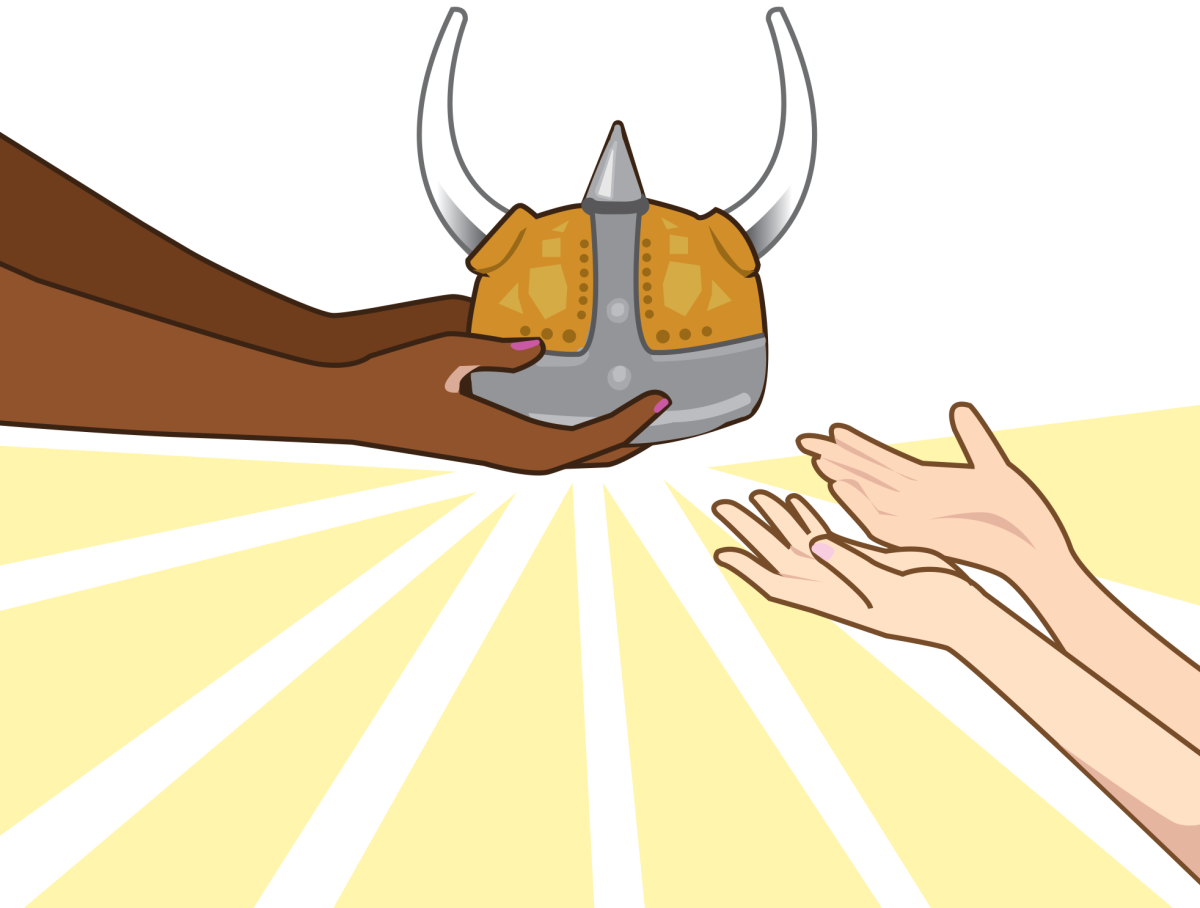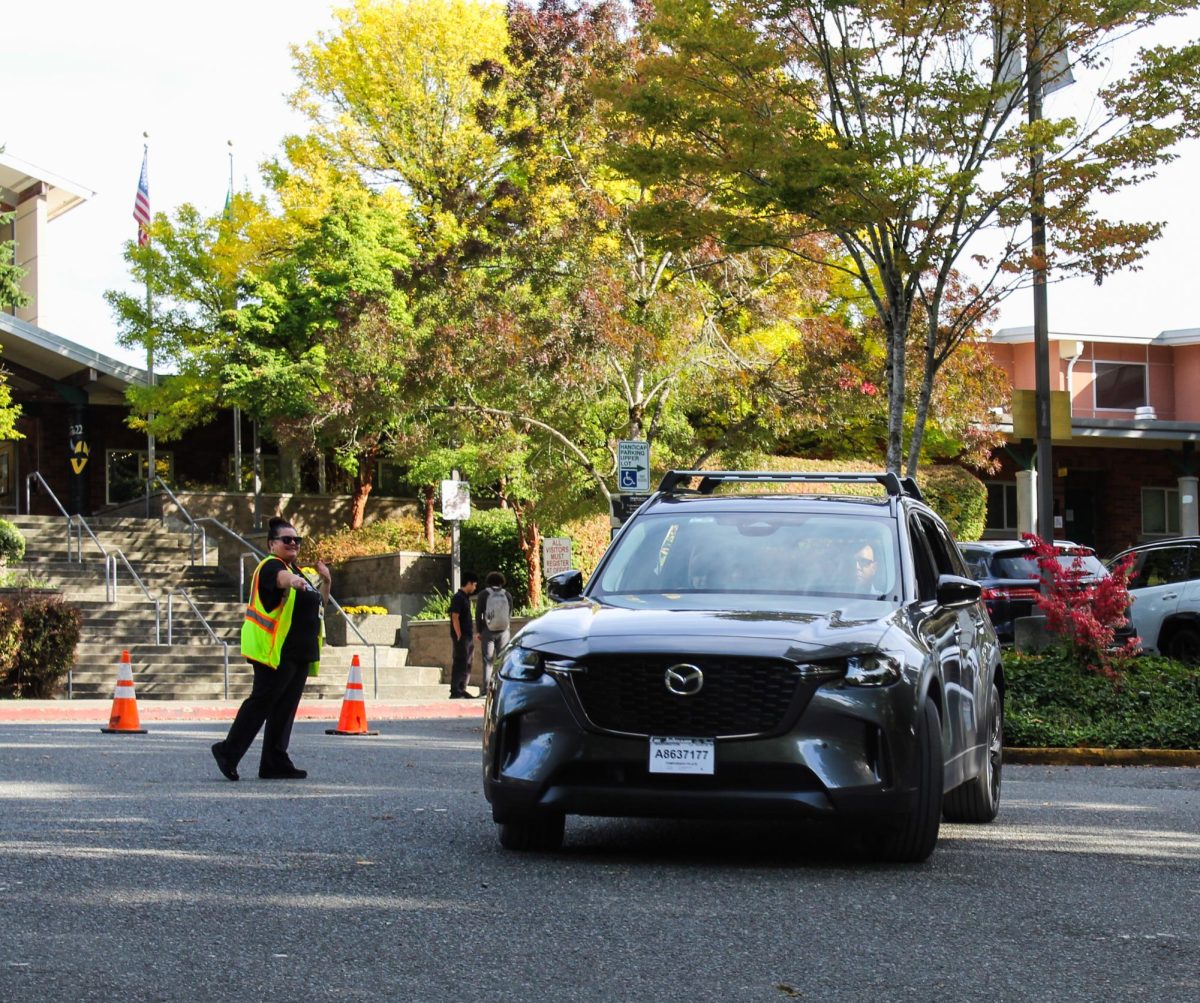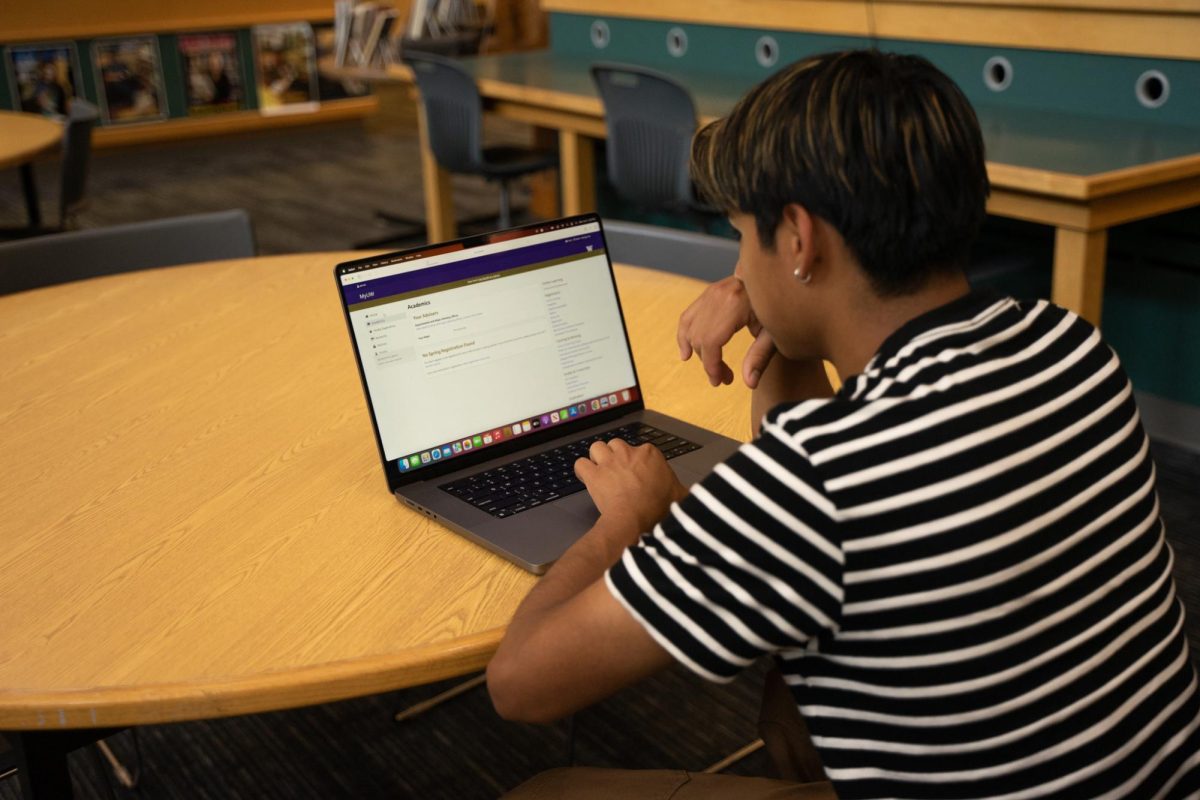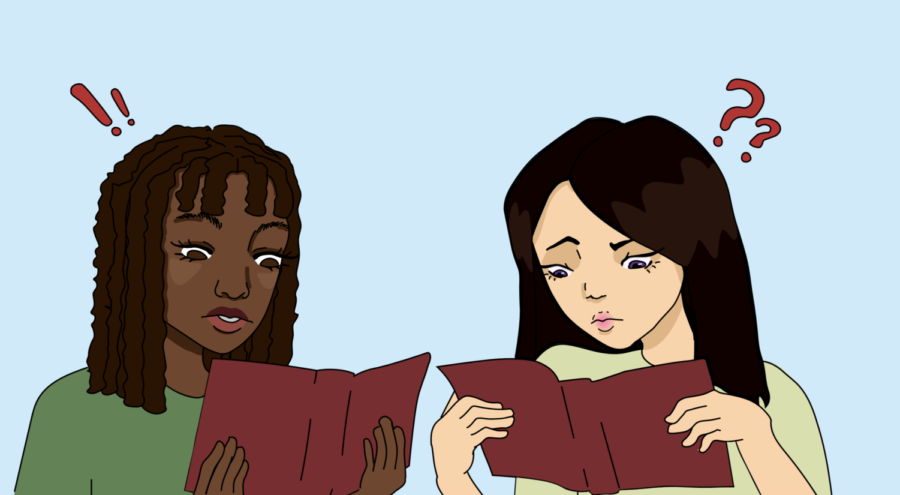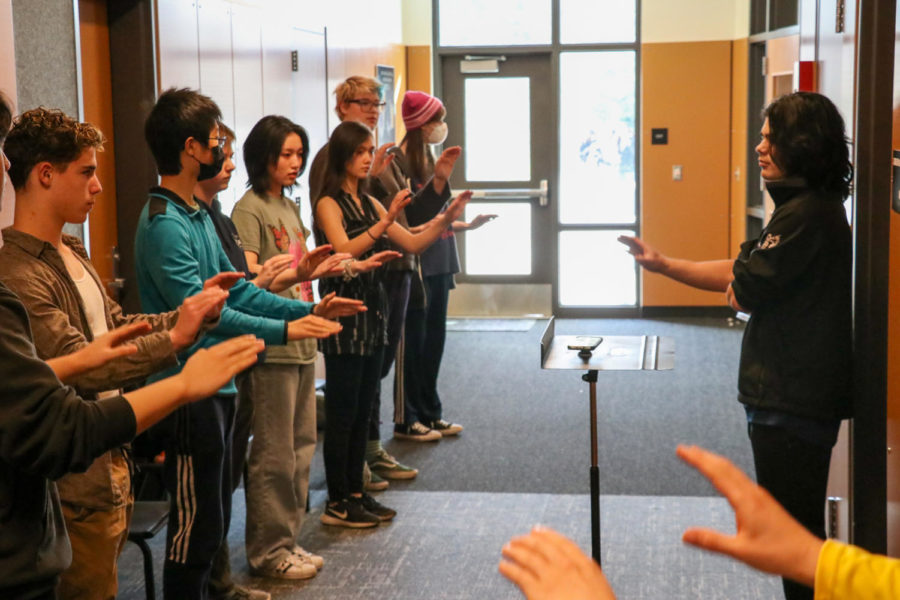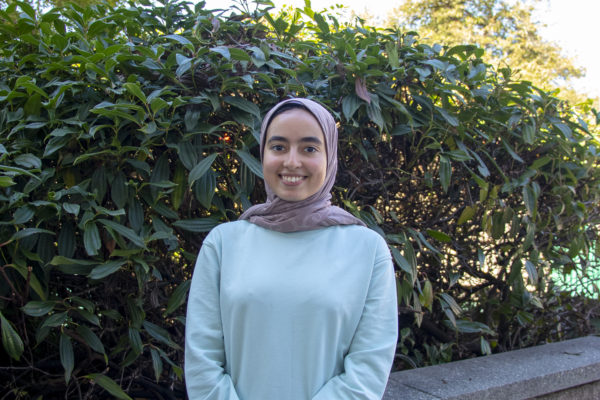Washington state requires high school students to fulfill two art credits. With over 1500 students in Inglemoor all trying to earn these credits in time for graduation, five visual arts teachers — two part-time and three full-time — teach 16 different art classes over 21 periods, the majority of which are packed with more than 30 students per period. However, whether or not students want to take an art class, the fact is that there’s too little space to accommodate all of them.
Jennifer Orhuozee (she/her), the school counselor for last names A-Dora, says it’s usually the principal and district that determine class size policies and that they differ from class to class. For example, because of the space available in the gym, there can be up to 39 students in a physical education class. Tech theater, on the other hand, has a maximum of 24 students due to the handling of sharp objects, whereas classes like stained glass and metal design — both of which also deal with sharp objects — often go past their designated maximum. For art classes specifically, Orhuozee says the maximum number of students is 30. Oftentimes, though, that limit is surpassed for a variety of reasons.
Sometimes, if there are no other classes for students to transfer into or they don’t want to take a certain class, counselors might place students in art classes rather than a more technical one such as robotics.
“You might have a student who is not interested at all in coding, but there’s room in a coding class. Well, you’re not going to put them in that class. There are a lot of things to consider. Art is a very accessible class. A lot of students can do it,” said Orhuozee.
Other times, students might forget to input some of their information for class registration and so instead of the computer filling in the classes, the counselors have to manually select classes based on the number of unfinished credit requirements the student has and which classes are still available. This means that sometimes students might have to be placed in classes they don’t want.
Even with good intentions, some art teachers face challenges with overfilling classrooms.
Gage Hopkins (he/him), who is a new art teacher at Inglemoor, ended last semester with 189 students. He currently teaches five periods: three periods of cartooning and two of ceramics. He estimates that his classes tend to average around 38-40 students per period. When teachers have more students than the designated capacity, they receive extra pay called overload pay. But Hopkins, who’s always preferred making individual connections with his students, finds overflowing classes a problem for him.
“I like to treat my students as people first, students second,” said Hopkins. “And that’s a really hard bond to get with a classroom when it’s reaching 40-ish students.”
It isn’t just teachers having issues with it. Students have problems moving around comfortably, finding space to work and focusing due to noise levels or other distractions.
“It’s hard to even find a workspace if I’m honest. The tables are so full that you can’t even spread out the clay properly and stuff like that. There are people sitting at the ends of the table; it’s too much for one class. And a lot of the people there don’t really seem interested,” said junior Dasha Velushchak (they/them), who takes ceramics.
Velushchak believes some students take art classes because of the misconception that art classes are easy A’s, which they view as unfair. Freshman Anouk Balog (she/her), who took cartooning both semesters this year, said she’s noticed people view the class as easy because there isn’t traditional studying involved. The only way someone could get better art is to keep drawing.
On the other side of the spectrum, senior Hayley Christiansen (she/her) thinks it creates a healthy balance in the classroom when there’s a wide range of intentions between students as to why they chose to take an art class.
Even though some students take the class only to fulfill their requirements, there is a chance that some might find a new passion or hobby from it. For example, senior Hunter Luce (he/him) said that even though he took his art class to finish his credit, he still found it fun and enjoyable.
“Even if you don’t end up liking it, I feel like you can still learn something new,” says Balog. “You could incorporate it in other things; for example, if you want to be an engineer of some sort, you have to design something. You can use drawing to sketch that out.”
From her cartooning class, Balog learned that art isn’t just about drawing. Balog believes that art is anything that allows people to be creative. To her, creativity is crucial to our world and who we are as people.
In order to better foster that necessary creativity, students and teachers alike have ideas as to how art classes can be better structured. Hopkins is open to the idea of splitting the advanced and beginner students, even though he likes how the advanced students in his classes take on the roles of mentors and peer tutors to the beginner students. But at the same time, he also knows they would benefit from an advanced course where they could play around with the art medium they want.
While Velushchak likes the variety in the art electives available, they don’t like the current situation where students are taking art classes they don’t want to be in. This system forces students who do want to be there into a waitlist.
“One thing that I wish is that everybody could take art, but we need more art classes to do that,” said Hopkins.





